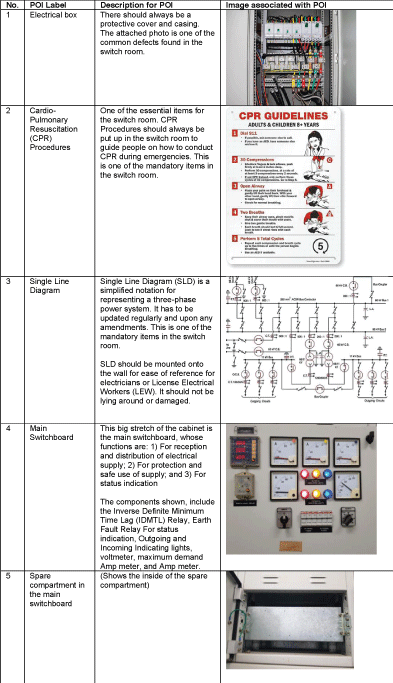Abstract
This case study investigates the implementation of Virtual Reality (VR) technology in facilities management Competency-Based Training (CBT) within one of Singapore’s leading facilities and township management companies. Traditionally, workplace training in facility management has relied heavily on lecture-based methods, often resulting in insufficient preparation and a high turnover rate among newly onboarded staff. To address this challenge, this study explores the conversion of training materials into VR-based courseware, enabling immersive and interactive learning experiences.
Two groups of newly onboarded staff underwent either traditional lecture-based or VR training sessions. Results indicate that those trained using VR exhibited a better comprehension of the material and higher levels of motivation compared to their counterparts in the traditional lecture-based group. However, it was noted that VR training carries the risk of cybersickness, with some participants reporting symptoms such as dizziness. To mitigate this issue, insights from existing literature on cybersickness are incorporated to enhance future VR training materials.
This paper studies the application of VR in Facilities Management Competency-based training within the discourse of Industrie 5.0, the latest evolution of industrial technology that emphasizes human-machine collaboration and smart technologies such as VR. By leveraging VR technology for training purposes, this initiative aligns with the principles of Industrie 5.0, fostering innovation and efficiency in facility management practices. Overall, this research underscores the potential of VR in revolutionizing training methodologies within the practices of facilities management while addressing associated challenges to ensure optimal learning outcomes.





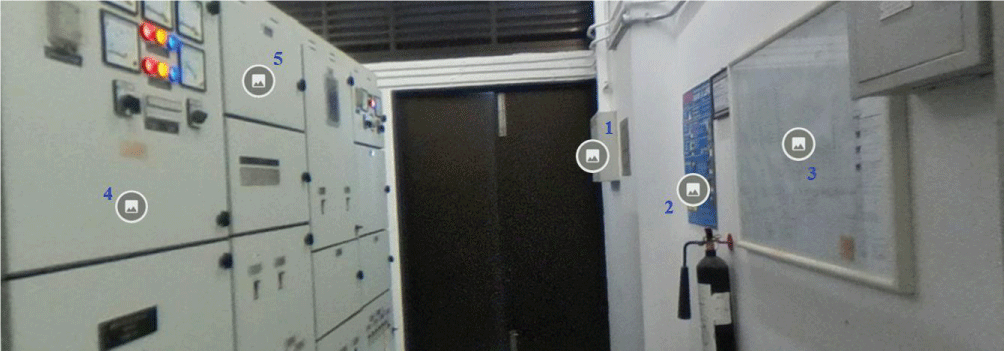
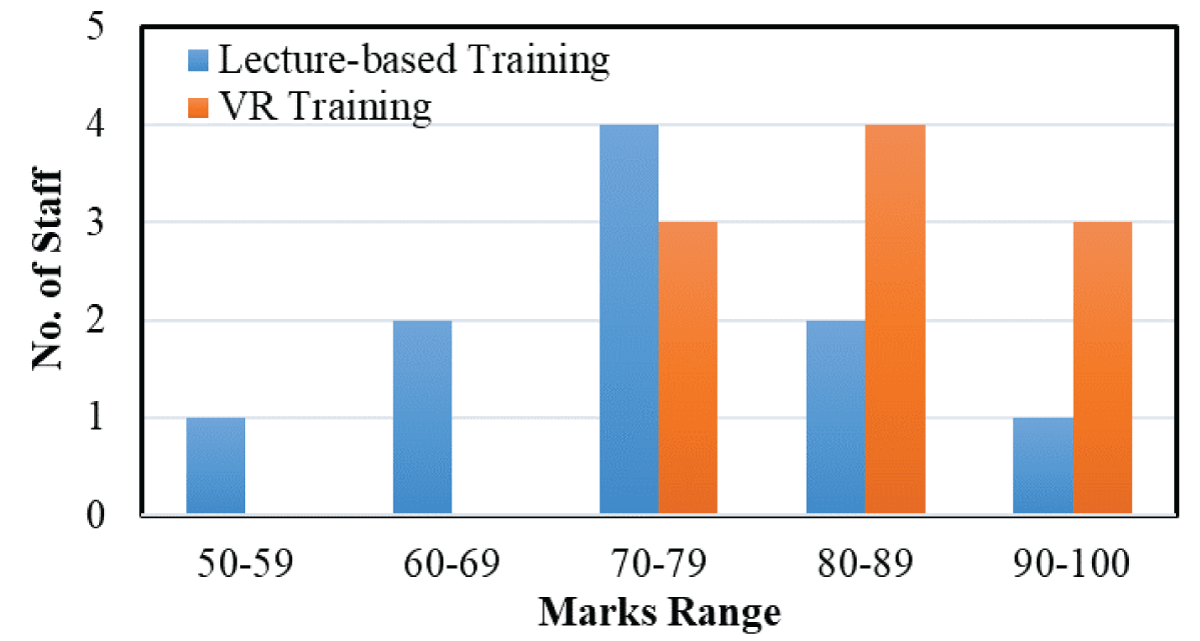
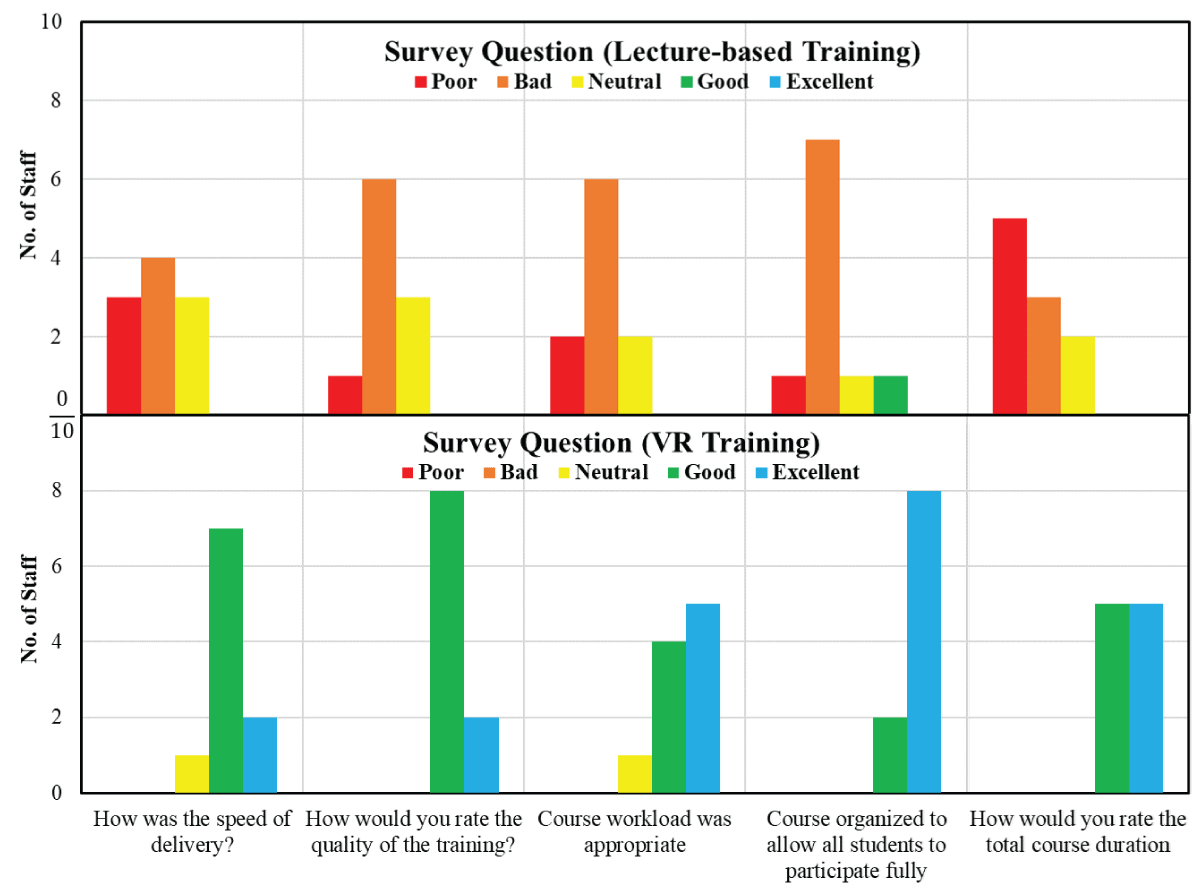
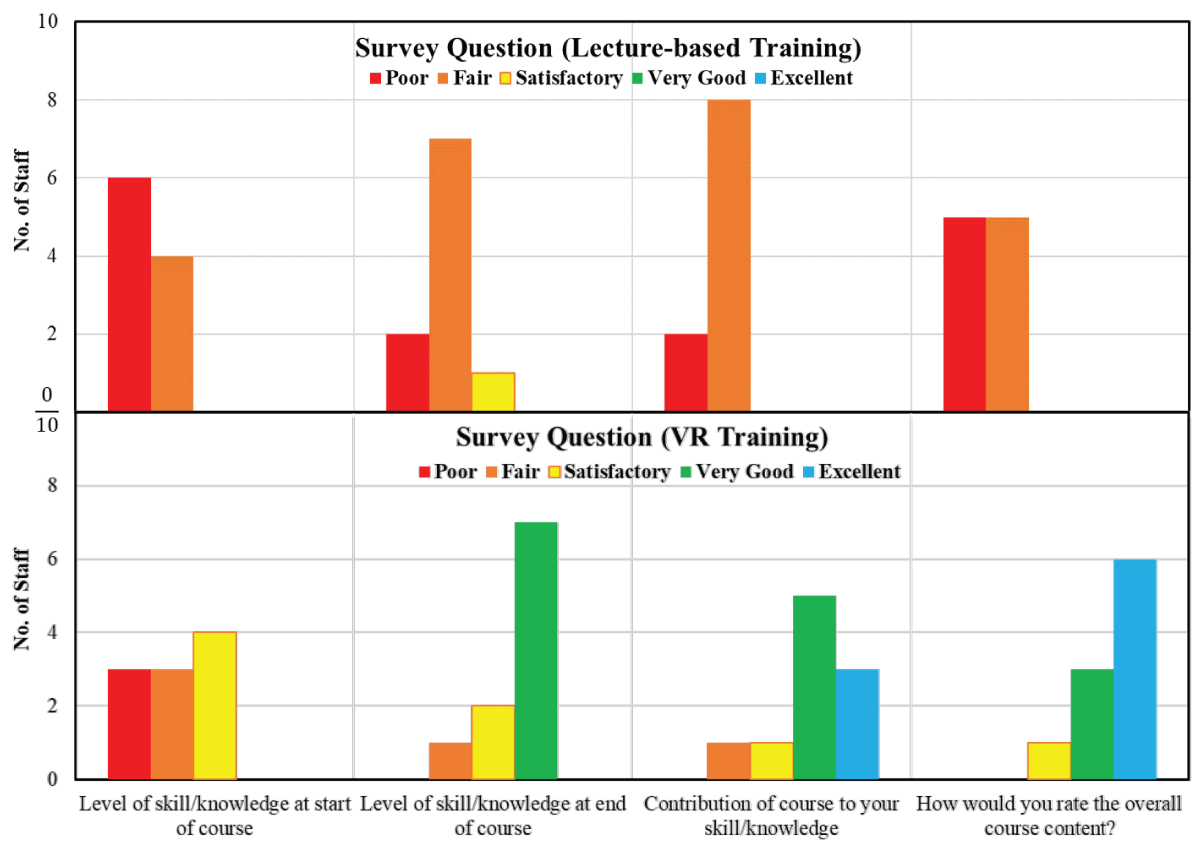
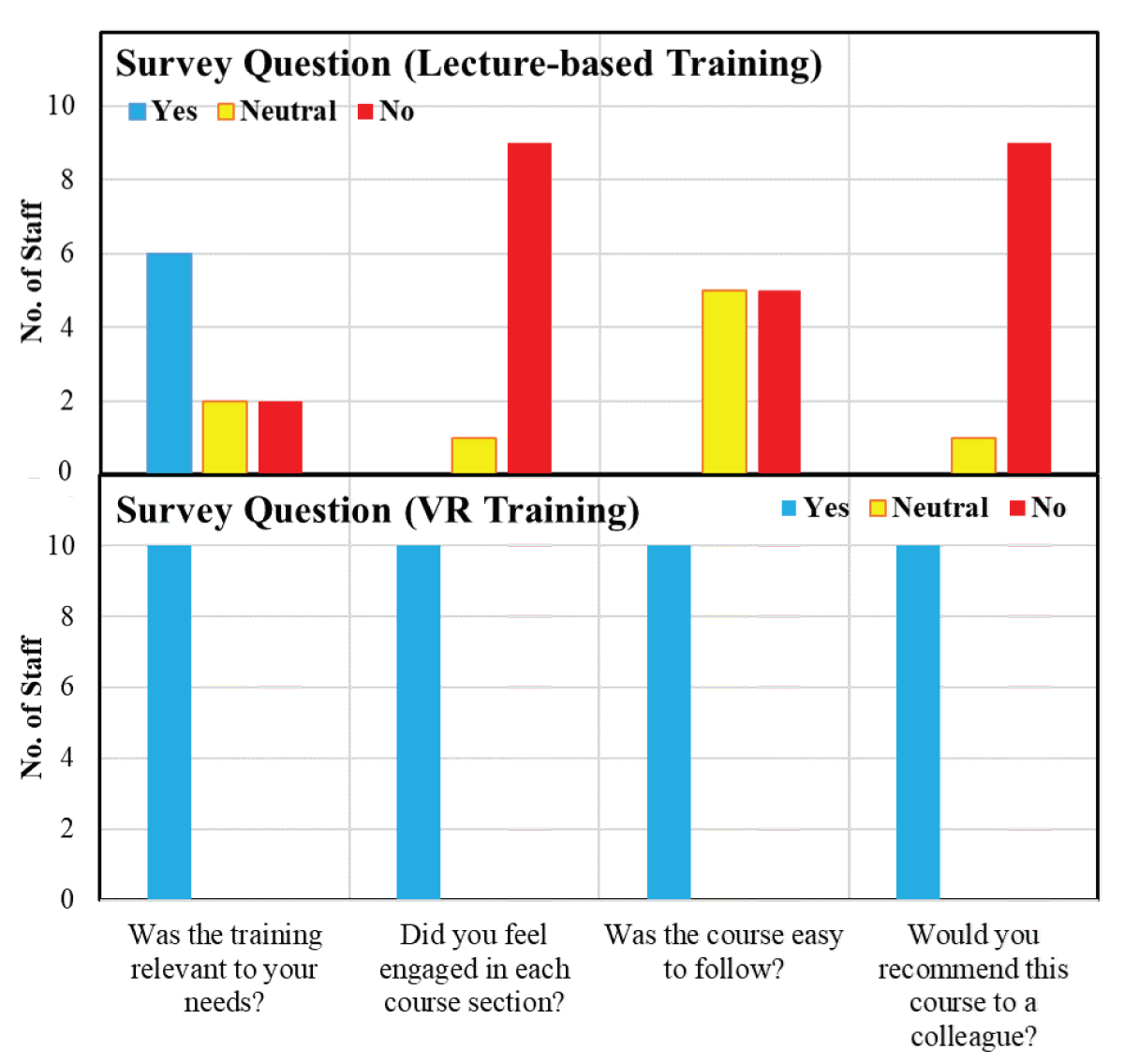
![Study on the Built Environment Workforce in Singapore [43].](https://www.igminresearch.com/articles/figures/igmin165/igmin165.g007.png)
